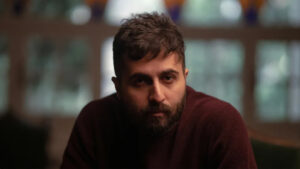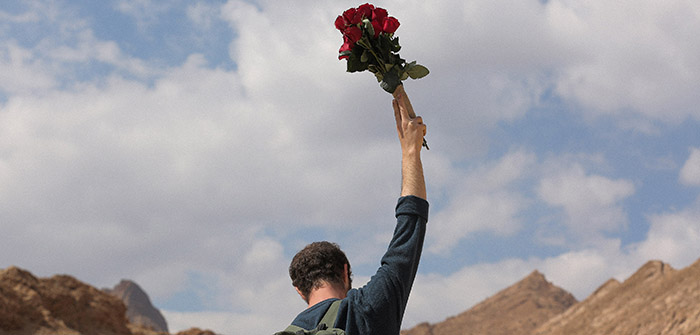A cross-country journey in search of a mysterious treasure puts the nature of faith to the test in “The Great Yawn of History,” the feature debut of Iranian director Aliyar Rasti, which premieres Feb. 22 in the competitive Encounters section of the Berlin Film Festival.
The film tells the story of a man of wavering religious conviction who dreams of a box of gold hidden in a cave. Convinced he’s forbidden by Islamic law to claim the treasure himself, he turns to a non-believer to assist him, setting into motion an arduous journey of both physical and spiritual dimensions as the two men grapple with notions of faith in their pursuit of a miracle.
Written and directed by Rasti, “The Great Yawn of History” stars Mohammad Aghebati and Amirhossein Hosseini and is produced by Tehran-based Para-Doxa. Heretic is handling world sales.
A visual artist with no formal film schooling, Rasti honed his skills directing music videos, often acquiring new camera techniques through YouTube tutorials. He later studied under some of the heavyweights of contemporary Iranian cinema, attending directing and screenwriting workshops led by Cannes Palme d’Or winner Abbas Kiarostami (“Taste of Cherry”) and two-time Oscar winner Asghar Farhadi (“A Separation,” “The Salesman”). In 2018, he directed his first short film, “In Between,” which was awarded in Tehran and abroad.
As with his protagonist, the idea behind “The Great Yawn of History” came to Rasti in something like a fever dream in the fall of 2022. The director’s sister, an accomplished musician who also composed the film’s score, sent him a piece of music she had written amid the ongoing street protests over the death in police custody of 22-year-old Mahsa Amini. Rasti felt a sudden urge to put pen to paper, writing a dialogue between an old man and a young man, discussing miracles in a forest. “Everything went so fast,” the director tells Variety. “Every idea that came to me.”

The film’s production was no less feverish and inspired. Working with a shoestring budget, Rasti didn’t have the time or resources to scout locations. He scoured the internet for images of caves that matched the vision in his head, then shot with a small crew over the course of 19 days, revising the script on the fly. The movie was filmed in four far-flung locales, from Rasht, a bustling city on the shores of the Caspian Sea, to the ancient city of Kerman, nearly 800 miles to the south.
The uneasy give and take between the film’s central characters is loosely based on the relationship between Rasti and his estranged father, with whom the director hasn’t spoken in several years. He describes the elder Rasti, an antiques collector, as a “dreamer” and wayward man of faith whose religious conviction rose and fell with his personal fortunes.
As a boy, the director learned to become self-reliant, and he came to believe in the kinds of miracles that hold a powerful sway over his deeply religious country. His philosophical, allegorical first feature was conjured from a societal context “where people are trying to find a solution to survive — not economically. Mentally,” he says.
Though Iran is a devout Muslim society, Rasti says many of his countrymen regularly grasp at new ideas and systems of belief, such as “Indian philosophical traditions, superstitions, religious ideas, meditation, astrology, different ways of thinking.”
“They want to know what will happen in the future. They cannot live their life in the moment,” he continues. “Is it something like the punishment of God? Or is it something more materialistic? It’s not rational what is happening here. It’s not logical. Every day they are trying to grab something to survive. To find an answer for their questions.”
Source: by Christopher Vourlias for Variety

